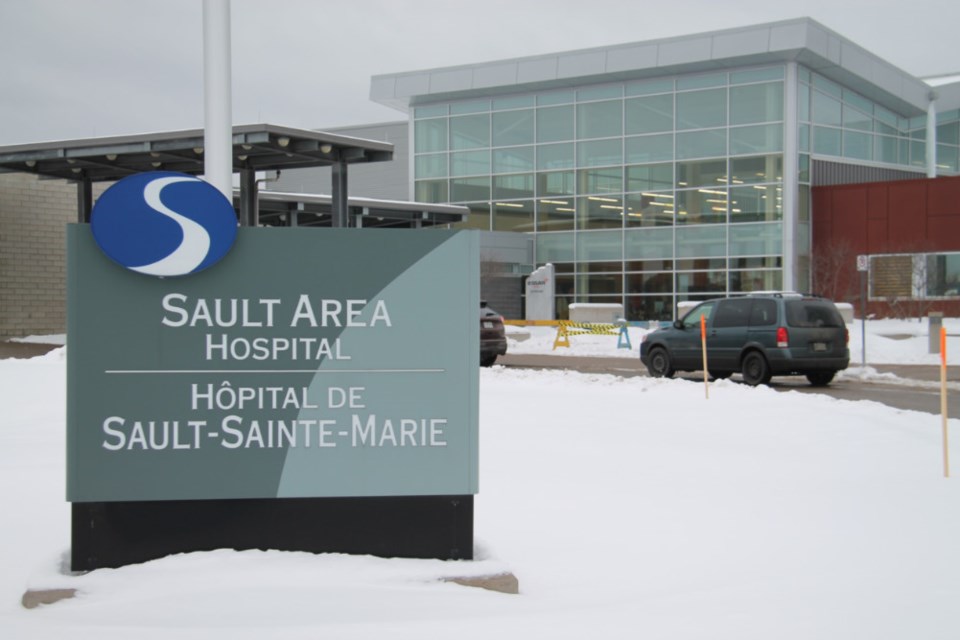Average daily occupancy at Sault Area Hospital was at its highest in over two years during the last three months of 2024, with increased patient complexity in the emergency department due to lack of primary care.
Those findings were included in a report prepared for the SAH board of directors at its meeting Monday.
“Patients may present (at emergency) with one concern, but workups often reveal more serious issues contributing to admission and length of stay,” the report said.
High occupancy carried over to the emergency department, leading to higher wait times.
The third quarter report showed that the 90th percentile emergency department wait time for an initial assessment by a doctor was 5.4 hours.
"Basically, that means that out of every 10 people, nine or less would wait that time (5.4 hours) or less, and one person would wait longer than that," Zambusi said.
That figure of 5.4 hours was better than the 2023-24 fiscal year because of additional doctor coverage due to some temporary funding.
However, SAH is not meeting its 2024-25 fiscal year target of a 90th percentile emergency department wait time for an initial assessment by a doctor of 5.0 hours.
Patients transported to Sault Area Hospital by ambulance were still waiting a long time to be offloaded at the emergency department.
“Ambulance off load time is presently at 54.9 minutes which is ahead of our 70 minute target,” said Greg Zambusi, SAH vice president of corporate services and chief financial officer at Monday's meeting.
That number - also a 90th percentile figure - comes from SAH’s third quarter report for October through December of 2024.
Factors contributing to that slightly improved ambulance offload time include the work of nurses dedicated to ambulance offloading, Zambusi said.
SAH has continued to experience high volumes of patients in the first two months of this year.
“We've noticed high circulating volume in the emergency department and high occupancy in the overall hospital in January and February,” Zambusi said.
The report stated that a rise in hospital occupancy is anticipated at this time of year, usually related to respiratory illnesses such as RSV. Both Influenza and COVID are playing a role. Influenza A was significantly worse than normal, with high nation-wide rates of 22 per cent.
The volume of Level 1 patients (the sickest patients that require more care, including multiple physicians at times throughout the day) is increasing, the report found.
“On evenings and nights, there are limited Diagnostic Imaging/Lab services which means that patients have to wait longer. At the same time, the number of physicians decreases. The additional ‘locum’ funded hours are being supported by our current staff which translates to them working more hours which is not sustainable,” the report states.
On another front, there is some encouraging news in SAH’s cardiology department.
“We are working toward securing a Type 1 designation, which would allow SAH to perform unique pacemaker implants, including implantable cardioverter defibrillators (ICD) and cardiac resynchronization therapy (CRT) devices,” wrote Ila Watson, SAH president and chief executive officer in her report to the board.
Currently, patients needing those procedures must travel to other hospitals outside the Sault.
SAH is preparing a Clinical and Business Proposal for submission to Ontario Health.
“Work is underway to explore opportunities for growth within our regional cardiac program that will enable us to bring these advanced cardiac implant procedures to our hospital. That will be a great opportunity to enhance care and reduce travel burden for many of our patients,” Watson told the board Monday.
